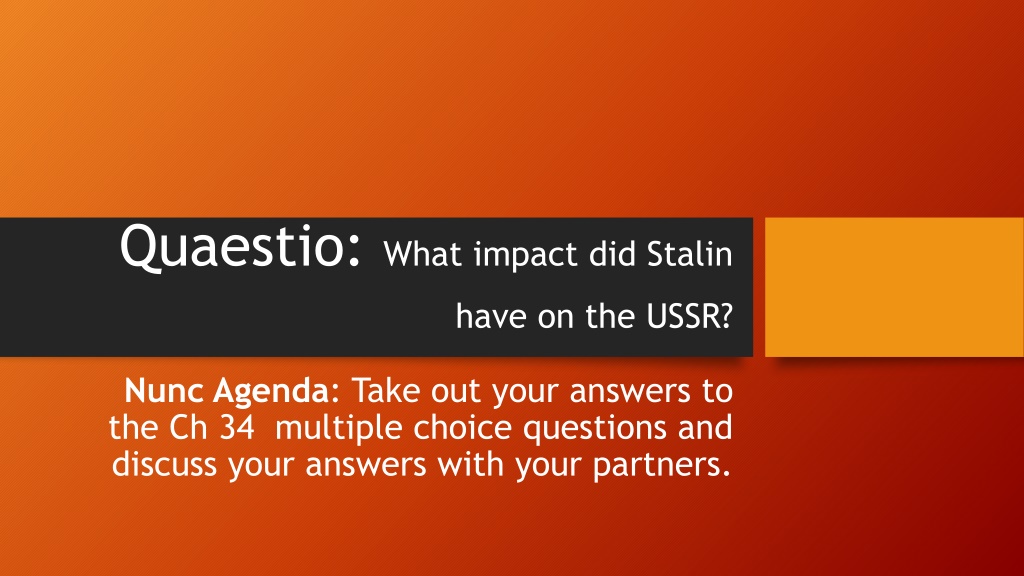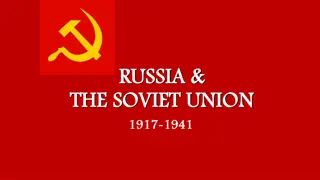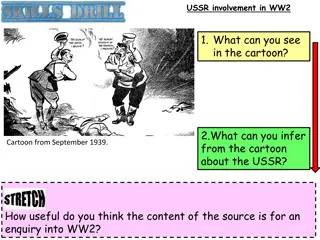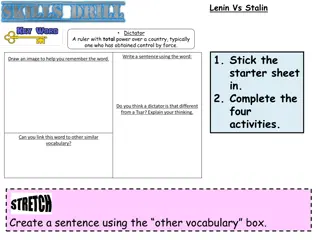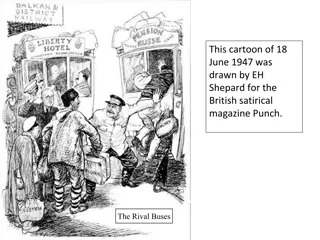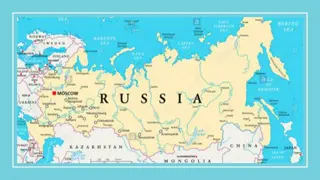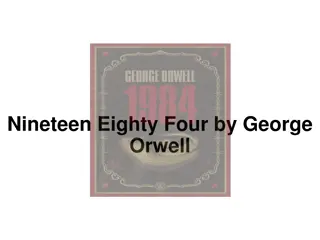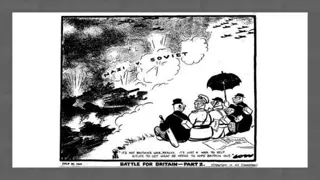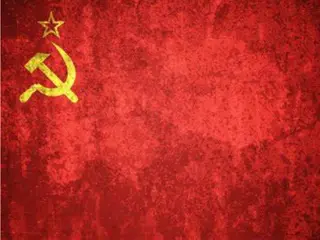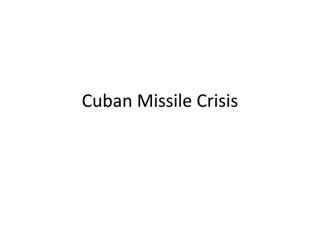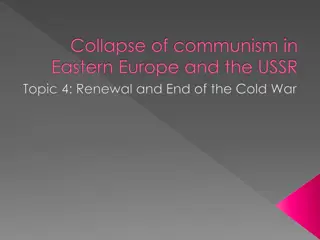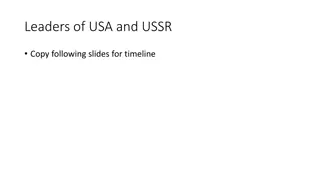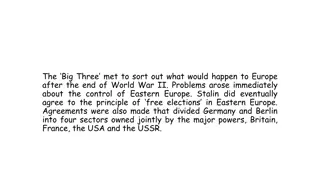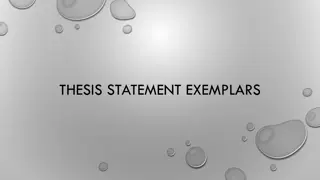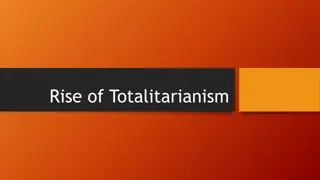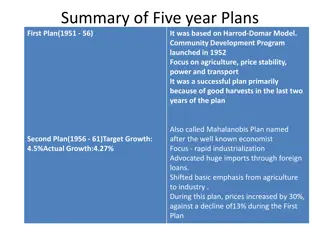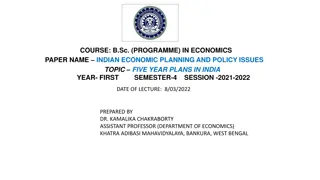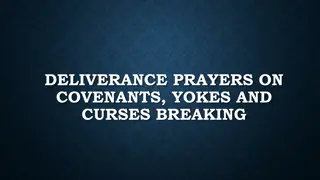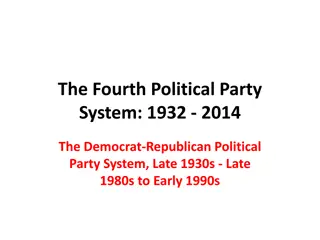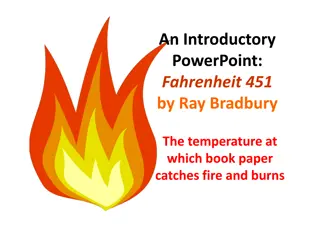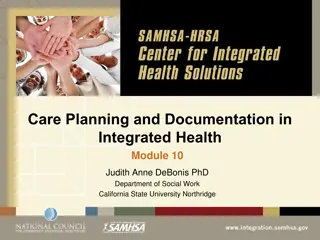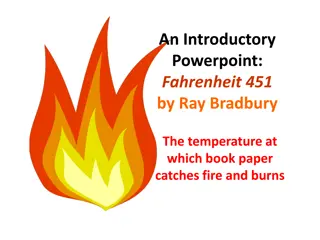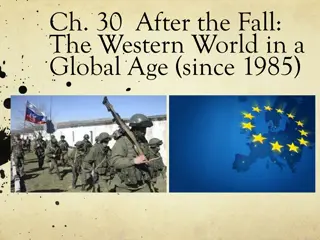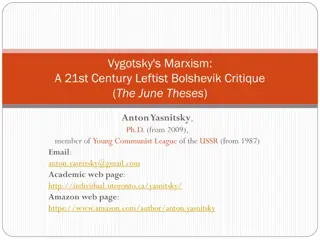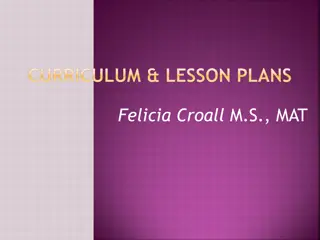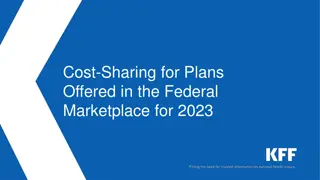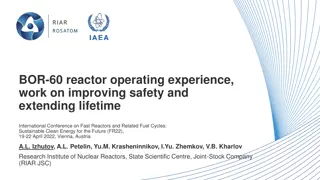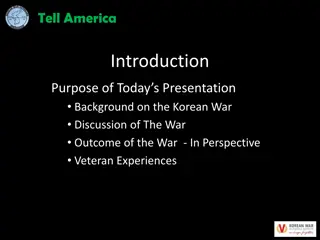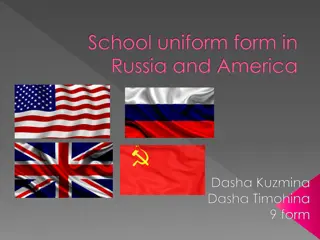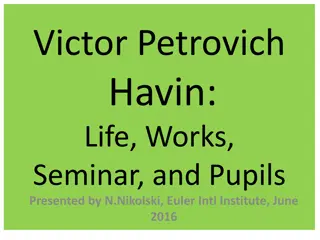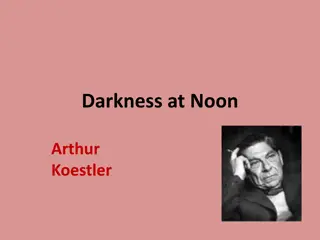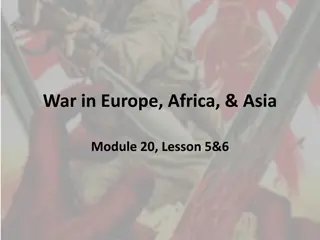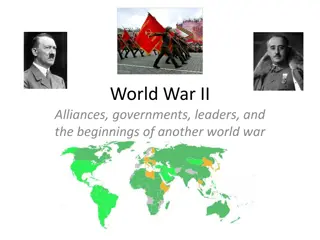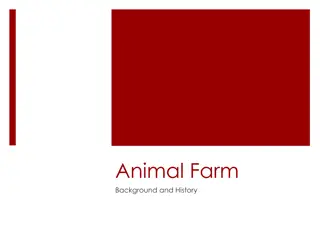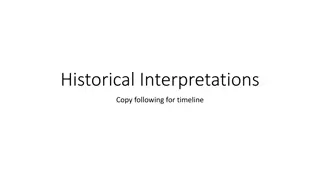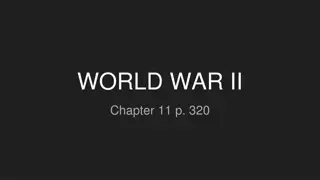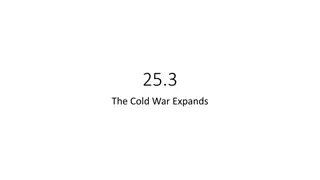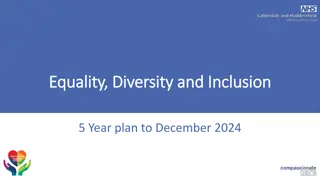Impact of Stalin on the USSR: Totalitarianism, Five-Year Plans, and the Great Purge
Stalin's rule in the USSR brought about significant changes through totalitarianism, economic central planning with Five-Year Plans, and brutal measures like collectivization and the Great Purge, resulting in widespread suffering and loss of life.
Download Presentation

Please find below an Image/Link to download the presentation.
The content on the website is provided AS IS for your information and personal use only. It may not be sold, licensed, or shared on other websites without obtaining consent from the author. Download presentation by click this link. If you encounter any issues during the download, it is possible that the publisher has removed the file from their server.
E N D
Presentation Transcript
Quaestio: What impact did Stalin have on the USSR? Nunc Agenda: Take out your answers to the Ch 34 multiple choice questions and discuss your answers with your partners.
Quaestio: What impact did Stalin have on the USSR? Nunc Agenda: Take out your answers to the Ch 35 multiple choice questions and discuss your answers with your partners.
Stalin Comes to Power Soviet leader Vladimir Lenin died in 1924. At the end of the power struggle that resulted, Joseph Stalin became the new leader. Stalin believed totalitarianism was needed so that communism could grow stronger. He also wanted to modernize the Soviet economy. In 1928, he started the first Five-Year Plan. Factories and mines were given production goals by the government as part of its system of central planning (command economy). This is different from capitalism, which uses market forces to determine the type and number of goods to make. Standard of living remains low, system failing
Stalin Comes to Power In 1928, he started the first Five-Year Plan. Factories and mines were given production goals by the government as part of its system of central planning (command economy). This is different from capitalism, which uses market forces to determine the type and number of goods to make. Why might this lead to problems? Standard of living remained low Turned out large quantities of low quality goods Low wages and strikes forbidden Does this look like a Communist Utopia in the vision of Karl Marx?
Soviet Collectivization Under Lenin s New Economic Plan, peasants were given small plots of land and they prospered, but did not produce much for the USSR Stalin brought collectivization to Soviet farms. Small farms were combined to make them more productive. Land given to Russian peasants by Lenin was taken away from them. Those who protested faced violence. Wealthy landowners suspected of supporting protests had their lands taken by the state.
The Actual Purge Many thousands of Russian citizens were killed or sent to the coldest region of Siberia to work in a system of labor camps called the Gulag. Many died there. In the republic of Ukraine, people resisting collectivization were starved to death when Stalin cut off all food supplies to punish them Fearing a political plot against him, Stalin began a program of terror called the Great Purge, or the Great Terror, in the mid-1930s Civilians and military officers suspected of opposing the Communist Party were killed or sent to the Gulag.
Cult of Personality Stalin s rule dominated every aspect of daily life. Places were renamed in his honor, churches were closed, and his portraits appeared all across Russia.
Man of Steel Read the documents and answer the questions as a group. Then, using everything you have learned, write a newpaper article about Stalin, either from a critical British perspective or a celebratory Soviet perspective.
1899-1901: Boxer Rebellion Chinese rebellion against Western Imperialism and Christian Missionary activity, supported by some of the Qing government including Empress Ended in disastrous defeat at Western hands, with supporters being executed, breaking the Qing dynasty apart
